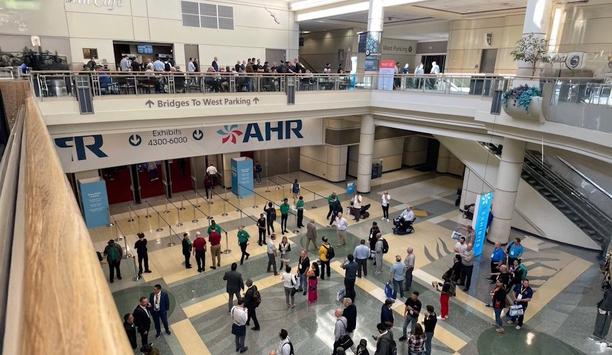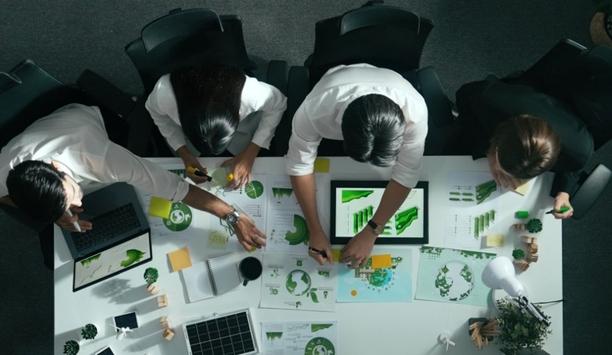Attitudes about indoor air quality need to change, especially given the current pandemic that forces people to spend most of their time indoors. But addressing the pandemic through increased ventilation and better indoor air quality can be expensive.
For example, the Los Angeles Unified School District, the second-largest in the nation, has spent $6 million on HVAC upgrades and new air filters in response to the pandemic and expects to pay about $1.7 million a month for ongoing inspections and filter replacements.
Updating & Improving HVAC Systems
Updating HVAC systems to minimize virus spread has been an expensive proposition all around. Some school districts in California report the costs are insurmountable. Sometimes seeking to replace or update an HVAC system opens a can of worms: Electrical systems must be rewired, asbestos must be removed, and/or an expensive roof needs to be replaced. Schools in low-income areas are especially likely to be in poor condition, and unable to afford improvements.
Some school districts have used money from the federal CARES Act – a $2 trillion federal economic package passed in March – to make ventilation improvements. Hope remains that additional state and/or federal money will be available, but funding is still likely to be inadequate.
Airborne Transmission
Study showed that some classrooms had air change rates below 0.5 changes per hour The airborne transmission was initially underplayed as a means of spreading the novel coronavirus. There was more emphasis on the dangers of touch during the early days of the pandemic. However, the airborne (aerosol) spread is now believed to make up about 75% of transmissions. A group of 239 scientists from around the world advocated more action to address aerosol spread in a July 2020 open letter to the World Health Organization (WHO).
The concern is a global challenge. For example, a survey of 20 classrooms in the United Kingdom, carried out by National Air Quality Testing Services (NAQTS), revealed very low air change rates that could increase the risk of virus transmission. The study showed that some classrooms had air change rates below 0.5 changes per hour (3 to 5 changes per hour would be desirable). Even small increases in flow rate could reduce the risk of infection significantly. Raising airflows from zero to 100 cu m/hour cuts the risk by up to a third, according to NAQTS.
Fresh Air Ventilation & Filtration
The Scientific Advisory Group for Emergencies (SAGE) advised the UK Government last fall of a need to ensure undisrupted education for children of all ages. A critical part of keeping children in school is clear guidance and support packages, including better ventilation and air filtration, particularly through winter.
 |
| The German government advises schools to open their windows for at least five minutes every hour |
Other countries can learn a lot about the value of opening windows to allow in more fresh air from the Germans. For years, Germans have habitually opened their windows twice a day, even in winter. In fact, “lüften,” or airing a room, is among the cheapest and most effective ways of decreasing the spread of the coronavirus. The German government advises schools to open their windows for at least five minutes every hour; for example, when classes are changing.
Improving Indoor Air Quality
Airing of rooms is a likely factor in the lower number of coronavirus cases reported in Germany compared to, say, the United Kingdom.
In the end, improving indoor air quality involves some combination of letting in more fresh air, upgrading air filtration systems, and installing technologies such as UV light to kill pathogens. However, implementing these measures only mitigates the likelihood of contracting COVID-19. Some risk remains.






































